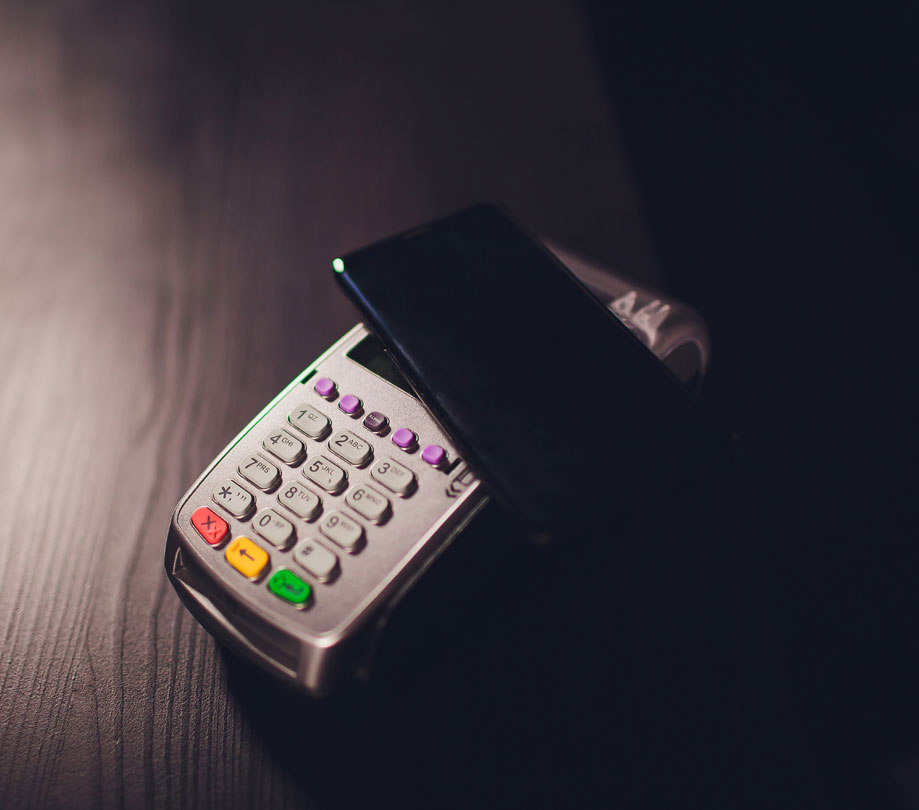How to help push alerts not seem so pushy!
Wednesday, March 29, 2017

|
Richard Harris |
Best advice for when and how to use push alerts for marketing to your app users, without seeming so pushy.
Here’s a challenge for you - try to read this article through without attending to your buzzing, pinging, distracting smartphone.
Once upon a time, mobile notifications were just for person-to-person text messages. Some time around the turn of the decade, brands realized that provoking consumers’ fear of missing out was also the key to reigniting users’ attention.
Fast-forward a few years, and we are overloaded. Research suggests the average person is deluged by more than 50 alerts daily. While previously, apps could use notifications to spark activity in the time between alerts, now there is no breathing space -every moment seems filled by that screen re-illuminating.
Notifications have reached a logjam. The real risk is that the road we are now on will render them ineffective for everyone, turning the clock back on engagement. The notification is about to die before our eyes.
Who fired the fatal shot? Blame trigger-happy marketers and dumb technology.
When product marketers and growth hackers discovered the benefits of notifications, it was a revelation. Now many companies have re-engineered their business model around trying to provoke engagement using alerts.
There is nothing inherently wrong about that. But many product marketers have drunk far too much of this kool-aid. Too many of them are over-using notifications, sending excessive numbers of alerts for trivial and cynical reasons. At best, excessive notifications can flatline engagement. At worst, they can prompt downright resentment that leads to the opposite of the intended effect. In fact, we’ve seen a direct correlation between broadcast, untargeted notification volume and, minutes later, consequential app uninstalls.
News apps are some of the biggest culprits. Many publishers believe that sending a daily dispatch of headlines - same ones to all their users - is great. But our internal data shows that, unless these headlines are from deliberately subscribed categories, consumers tend to tune out of these daily, scheduled intrusions.
We’ve seen former over-notification offenders like coupon apps and food delivery services getting off this hamster wheel after learning their lesson through the decline in engagement. Instead of doing offer blasts at a specific time, say 10:30 or 11:30am, they’ve now taken a insight-based approach. By analyzing user behavior, they can now schedule the notifications to the optimal shopping or eating hours of each individual. As a result, they’re seeing big upticks in the desired user actions.
In fairness notifications are still a young medium, and many people are still learning to use the language proficiently. For an art to become a science, takes several years. Now, after an early embrace, marketers must be thoughtful about using this channel more responsibly. And while mobile operating system makers have spent a great deal of time tinkering at the edges of alerts, adding rich notifications and emojis to enable a robust functionality within alerts, user control has barely been addressed.
It is up to app makers themselves to become more granular with the notifications they send consumers. This kind of granular relevance is the key to delivering a non-intrusive experience that both edifies consumers and produces results for marketers.
When looking to engage users through notifications, just keep these “Golden Rules” in mind. They’ll go a long way toward ensuring your messages are seen as relevant and helpful and not annoying interruptions that will hurt your business in the long run:
1. Make sure the user is always front and center
A push notification is an extension of your app and your brand. Use it for what you think your users will welcome and appreciate from your brand
2. Keep notifications timely
Notifications that are triggered by specific user behavior OR triggered by important users dates and time (the day before your flight; 2 hours before your movie show starts; 10 minutes before your scheduled package delivery) are much more contextual and appreciated by users
3. Appeal to users on a personal level
For example, an e-commerce operator notifying a consumer of a sale on a specific pair of shoes she browsed last week is many times more likely to provoke app engagement than just sending a generic “We’re having a sale” message
The same issues the mobile industry is facing was experienced in the early internet days, when widespread, excessive marketing emails nearly made the channel buckle and collapse. It is time to tame the mobile alert Wild West. Marketers must act now to get smarter and more respectful in the way they reach out to their users. If they do not, they risk widespread disengagement. Those who do will reap the rewards.

Become a subscriber of App Developer Magazine for just $5.99 a month and take advantage of all these perks.
MEMBERS GET ACCESS TO
- - Exclusive content from leaders in the industry
- - Q&A articles from industry leaders
- - Tips and tricks from the most successful developers weekly
- - Monthly issues, including all 90+ back-issues since 2012
- - Event discounts and early-bird signups
- - Gain insight from top achievers in the app store
- - Learn what tools to use, what SDK's to use, and more
Subscribe here










